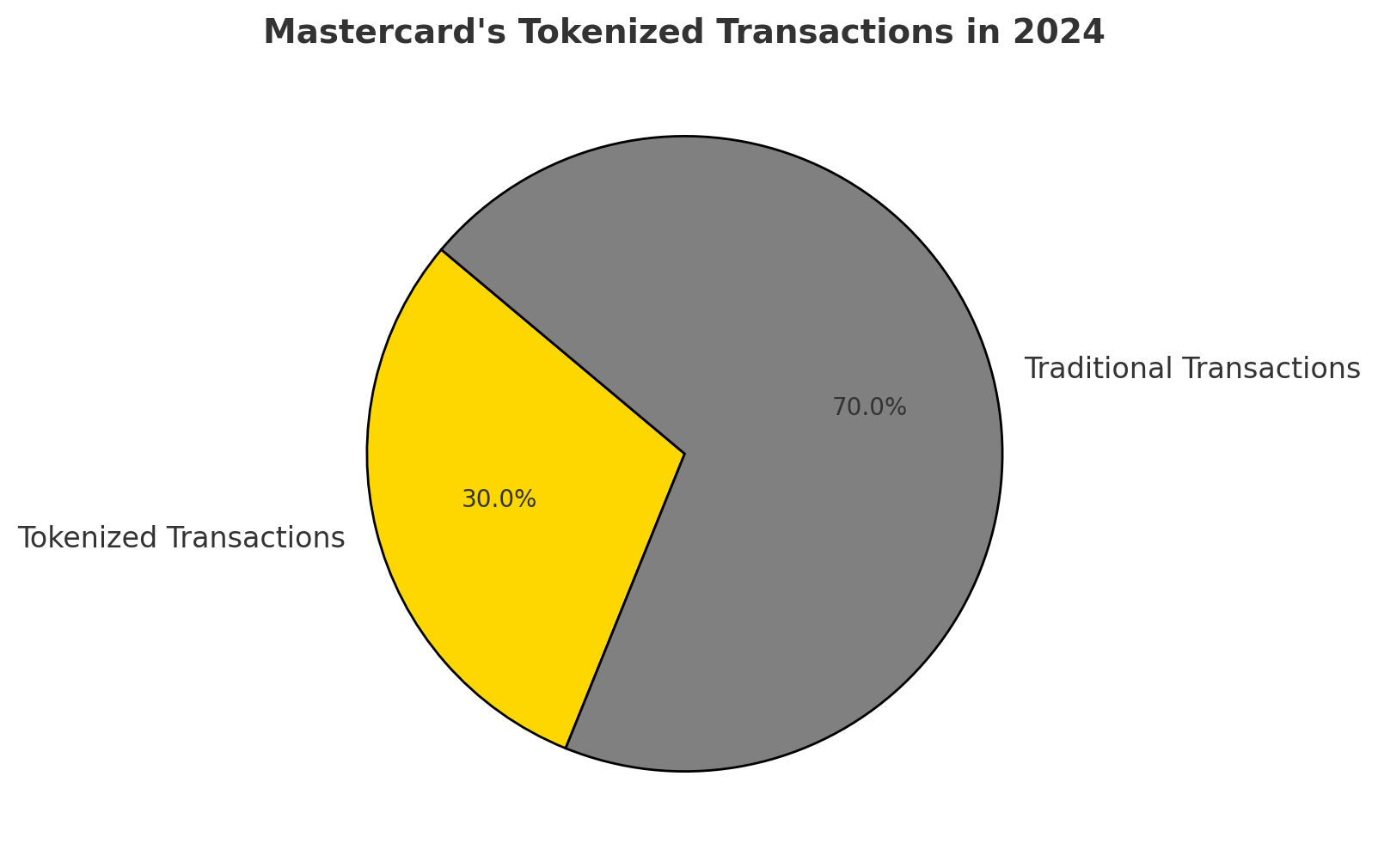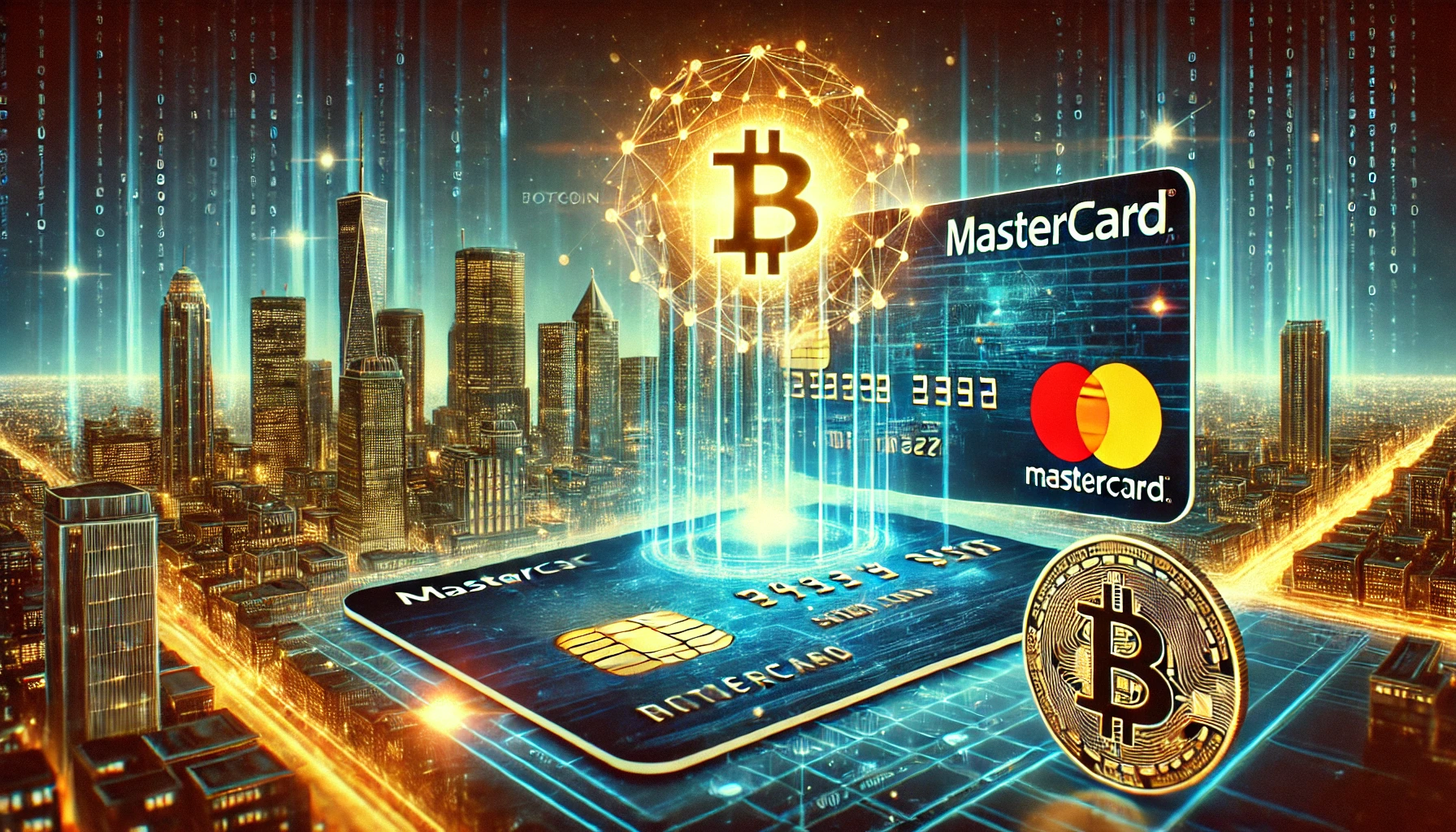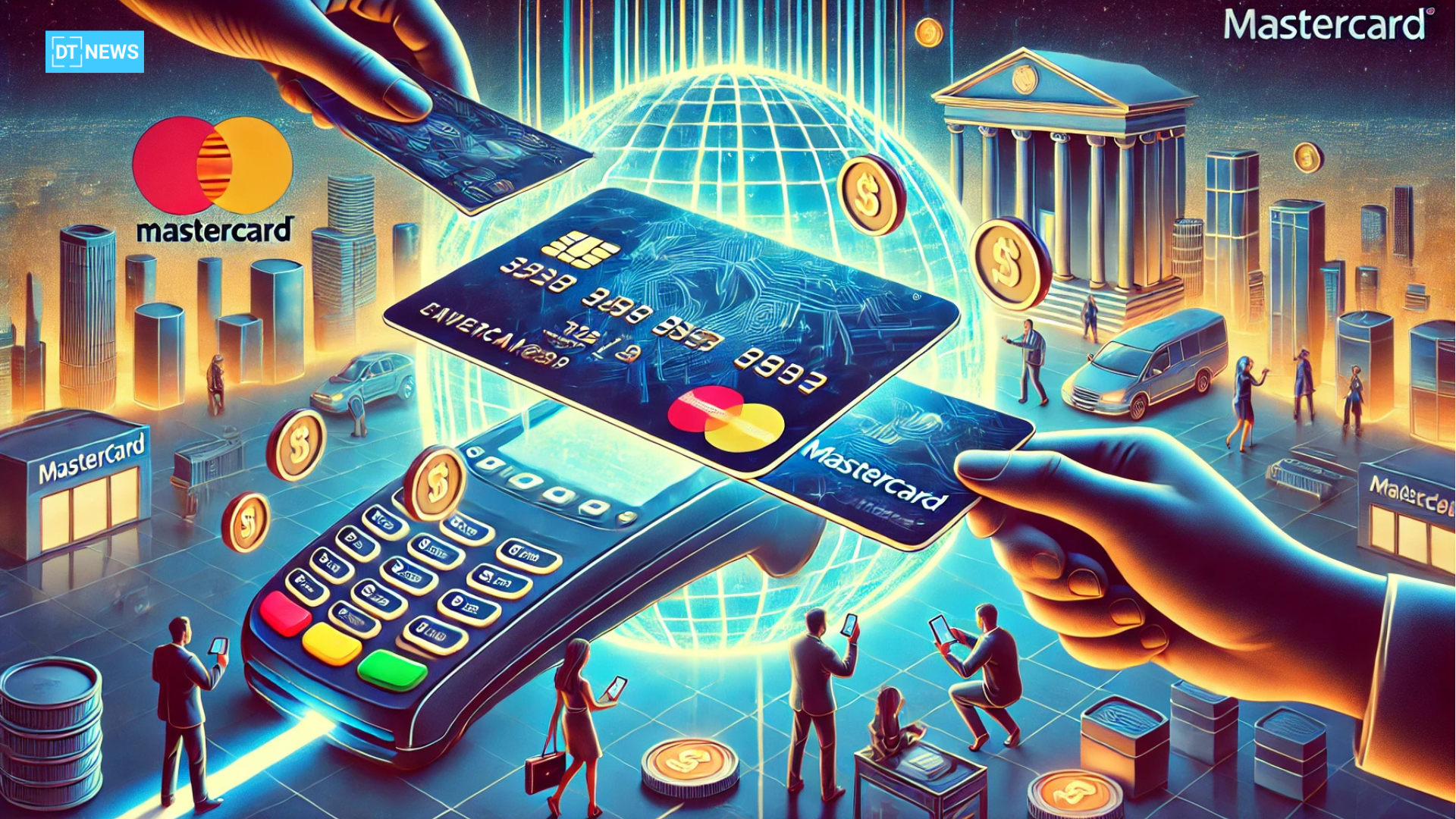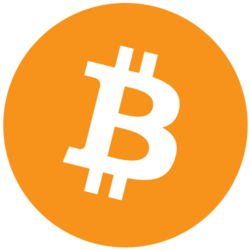Mastercard has announced that a whopping 30% of its transactions were tokenized. This isn’t just a tech upgrade; it’s a clear signal that the company is all-in on blockchain and ready to ride the crypto wave.
- Tokenization: What’s the Big Deal?
- Why Now? The Crypto Connection
- Beyond Tokens: Embracing the Future of Payments
- The Bigger Picture: A Digital Payment Revolution
- What’s Next for Mastercard?
- FAQs:
- What does it mean that Mastercard tokenized 30% of its transactions?
- Why is Mastercard adopting blockchain technology?
- How does tokenization make transactions safer?
- Does this mean Mastercard is embracing crypto payments?
- Glossary of Key Terms
Tokenization: What’s the Big Deal?
So, what’s tokenization anyway? Think of it as swapping out your sensitive card details for a unique code, or “token,” during transactions. This means your actual card number stays under wraps, making it a whole lot tougher for fraudsters to get their hands on your info. It’s like having a secret code name that only you and your bank know.
Mastercard’s been busy on this front. In 2024, they were tokenizing about 4 billion transactions each month—a massive leap from where they started just over a decade ago.

Why Now? The Crypto Connection
The rise of cryptocurrencies and stablecoins has been impossible to ignore. These digital assets are not just buzzwords; they’re becoming real competitors in the payments space. Mastercard’s latest SEC filing acknowledges this shift, highlighting the disruptive potential of these new forms of currency.
By diving into tokenization, Mastercard isn’t just keeping up; they’re staying ahead. They’re making sure that as the financial landscape evolves, they’re leading the charge rather than playing catch-up.
Beyond Tokens: Embracing the Future of Payments
But tokenization is just one piece of the puzzle. Mastercard has big plans to transform how we pay. By 2030, they’re aiming to phase out manual card entries and passwords, moving towards biometric solutions like fingerprints and facial recognition. Imagine paying for your morning coffee with just a smile or a tap of your finger—no card, no hassle.
This vision isn’t just about convenience; it’s about security. Online fraud rates are significantly higher than in-store, and by eliminating traditional card numbers and passwords, Mastercard aims to make digital transactions safer for everyone.

The Bigger Picture: A Digital Payment Revolution
Mastercard’s moves are part of a larger trend towards digital payments. Contactless transactions, digital wallets, and now tokenization are all steps towards a future where cash and physical cards might become relics of the past.
For consumers, this means more secure and seamless ways to pay. For businesses, it opens up new opportunities to engage with customers and streamline operations. And for the financial industry, it’s a clear sign that the digital transformation is not just coming—it’s here.
What’s Next for Mastercard?
With 30% of their transactions already tokenized, Mastercard is setting the stage for even more innovation. As they continue to invest in blockchain and other emerging technologies, we can expect to see more initiatives aimed at making payments faster, safer, and more convenient.
In a world where technology is constantly evolving, Mastercard’s proactive approach ensures they’re not just reacting to change—they’re driving it. And for consumers and businesses alike, that’s an exciting prospect.
FAQs:
What does it mean that Mastercard tokenized 30% of its transactions?
It means that instead of using actual card numbers, Mastercard replaced them with secure digital tokens, enhancing security and reducing fraud.
Why is Mastercard adopting blockchain technology?
Mastercard sees blockchain as the future of payments, offering increased security, efficiency, and potential integration with cryptocurrencies and stablecoins.
How does tokenization make transactions safer?
Tokenization replaces sensitive data with unique digital tokens, preventing hackers from accessing real card details and reducing fraud risks.
Does this mean Mastercard is embracing crypto payments?
While Mastercard isn’t directly enabling crypto payments, its move toward blockchain and tokenization signals the growing acceptance of digital assets in traditional finance.
Glossary of Key Terms
Tokenization – The process of replacing sensitive data (like card numbers) with unique digital tokens for security.
Blockchain – A decentralized digital ledger that records transactions securely and transparently.
Stablecoin – A cryptocurrency pegged to a stable asset (e.g., USD) to reduce volatility.
SEC Filing – A report submitted to the U.S. Securities and Exchange Commission revealing important business actions.
Biometric Payments – A payment method using fingerprints, facial recognition, or other biological features instead of passwords or cards.
Digital Payments – Cashless transactions using cards, mobile wallets, or online banking.



















































































































